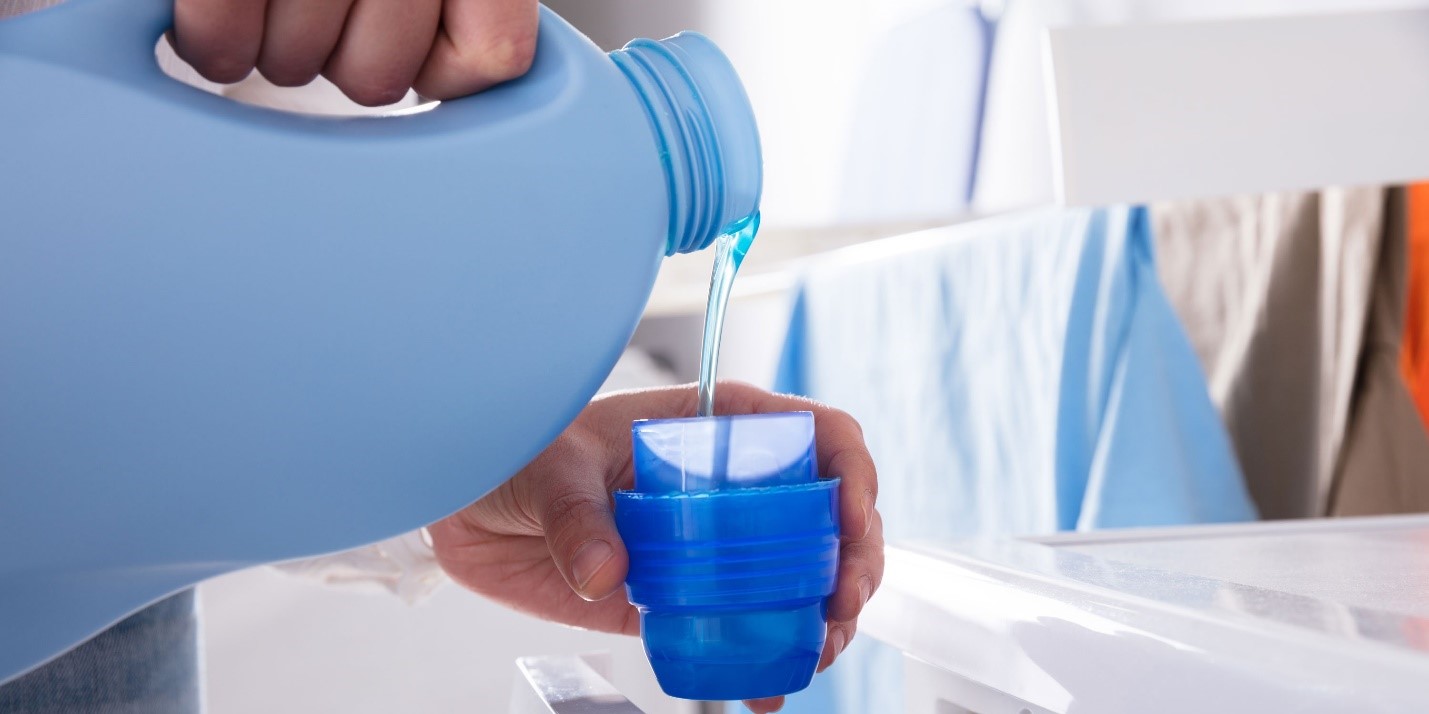As you walk down your stairs, you can sense some harsh smells from your floor or the kitchen where you just used your detergent. And when that happens, then know that there is some harmful chemical in your detergent. But for some detergents, you might not cover your nose, but in the ingredients list, you may get some of these harmful chemicals.
According to a 2008 report by scientists, some detergents and other cleaning products contain toxic chemicals. And over the last decade, the number of harmful chemicals in detergents and some laundry products keeps on increasing. These chemicals could be useful in the detergent but can cost more for your life. Exposure to them may lead to some health issues, and since cleaning is a daily routine, it’s hard to skip them. Therefore, you should only choose the detergents that are not harmful to safeguard your health and that of the people around you. Well, below are some of the most toxic chemicals in ingredients.
Sodium Lauryl Sulfate (SLS)
Sodium Lauryl Sulfate is one of the most harmful ingredients in Laundry detergents. This is because of its contact with your skin results in inflammation. Also, according to the Environmental Working Group, the effects of this chemical on your health can be low or moderate, depending on the type of your skin.
And this ingredient usually gives the cleaning products their ability to lather well. And, besides the laundry detergents, you may find it in your soap, shampoo, or detergents. According to medical studies, this chemical is the cause of inflammation and oxidative stress in the body. Therefore, you should only buy detergents and other cleaning products that don’t contain SLS.
Dichlorobenzene (Benzene)
Benzene is an extremely carcinogenic solvent that is used when manufacturing fabric softeners, paint thinners, and dryer sheets. It’s also a common ingredient in room fresheners and can be absorbed into your body via skin contact or inhalation. Dichlorobenzene can cause heart attacks or respiratory distress when healthy people are exposed to it in large quantities.
Also, when benzene comes into contact with chlorine compounds, then it changes into DDT compounds. One of the common chlorine compounds is tap water. If you inhale this compound, then there will be negative effects on your skin and liver. This toxic compound has also been linked to leukemia, a form of blood cancer, anemia, and also disrupts the endocrine system.
Nonylphenol Ethoxylates (NPE’S, NPs, and Nonoxynols)
NP (Nonylphenol) and NPE (Nonylphenol Ethoxylate) are one of the most popular chemicals of the ethoxylate family. They are bioaccumulative and harmful to aquatic life, such as fish.
NP’s are mainly used to manufacture NPEs, which is an important chemical in consumer products. Some of the most popular products where this chemical has been detected include blood, urine, and urine. These toxic chemicals can enter into your body via inhalation or ingestion of contaminated water or food or contact with the skin. Some of their effects include being hormone/ endocrine disruptors, leading to allergic reactions, or causing respiratory issues in human beings.
Fragrance
To produce the best fragrance of your detergent, the manufacturers use different ingredients, and some of these chemicals are harmful to your health. Fragrances give your clothes a good smell, therefore, giving you the impression that they’re clean.
Most manufacturers will not list all of these ingredients as a measure of “trade protection,” and therefore, you might not know the toxic chemicals in your favorite detergent. But some of these chemicals can be toxic to your health.
Phosphates& EDTA
Since some users have hard water in their homes, manufacturers tend to improve the effectiveness of their products even in this type of water. And so, they include phosphates to prevent the settling of dirt in the clothes after you’re done washing. These chemicals can cause environmental damage, especially if you’re using waterways or streams. Also, they result in the growth of excessive algae that can damage our ecosystem. Most detergents do not use the harmful phosphate ingredient but opt for EDTA, which is not safe either, especially to animals.
Some detergents contain harmful chemicals that are harmful to your health, that of animals, and the entire environment. You should, therefore, avoid these types of detergents, whether you are merely doing home laundry, laundromat, or even when using commercial laundry services (you’ll have to ask them about this). You do not want to jeopardize your health with a harmful product.
Related Posts












